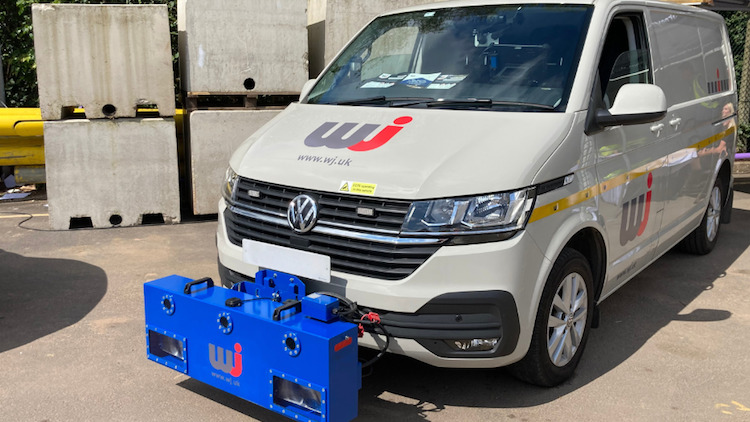
A data-driven asset management approach to road markings in Dorset has proved successful in a trial conducted by WJ Group, Causeway Technologies and the local authority.
The approach has allowed the partnership to prioritise the maintenance of road markings in accident hotspots and justify an increase in the allocation of additional funds.
Highways contractor WJ, Causeway and Dorset Council developed this strategy and accompanying maintenance schedule by bringing together a “large and diverse data set”. This was completed through a one-week survey of the road network by WJ using its latest retro-reflectivity surveying equipment.
WJ also supplied the partnership with performance information for a range of treatments and line marking options, including durability details, cost transparency for up to 10 years, and the carbon values.
Dorset Council then provided maintenance schedules, so the new strategy could account for other planned activities, preventing conflict and cost duplication. Three years’ worth of Dorset’s road traffic accident information was also imported into the model.
Causeway combined the data in its Horizons software to produce maintenance schedules. This allowed Dorset Council to assess how it would get the best return for its budget. Collision hotspots on rural unlit roads were identified as a priority, enabling the council to consider higher-performance products for these roads, supporting increased night and wet-night visibility.
Evidences proves need for more funds
The trial’s data-driven approach appears to have worked: Dorset Council gained the evidence to persuade its councillors to increase the funds for road marking from £125,000 to £255,000.
John Warne, business development and marketing director at WJ Group, said: “We can see that when local authorities are armed with the clear evidence that this approach gives them, they are able to ensure their plan works more effectively to maximise the use of their budgets and improve the performance of their network.
“We were keen to clearly and easily present budget and carbon output projections to highlight that this key element of environmental responsibility was being monitored, and future programming decisions were being made taking this into account. The overall collaboration resulted in a more effective strategy that significantly enhances value for the local authority and delivers a better experience for road users and the local community.”
Don’t miss out on BIM and digital construction news: sign up to receive the BIMplus newsletter.














